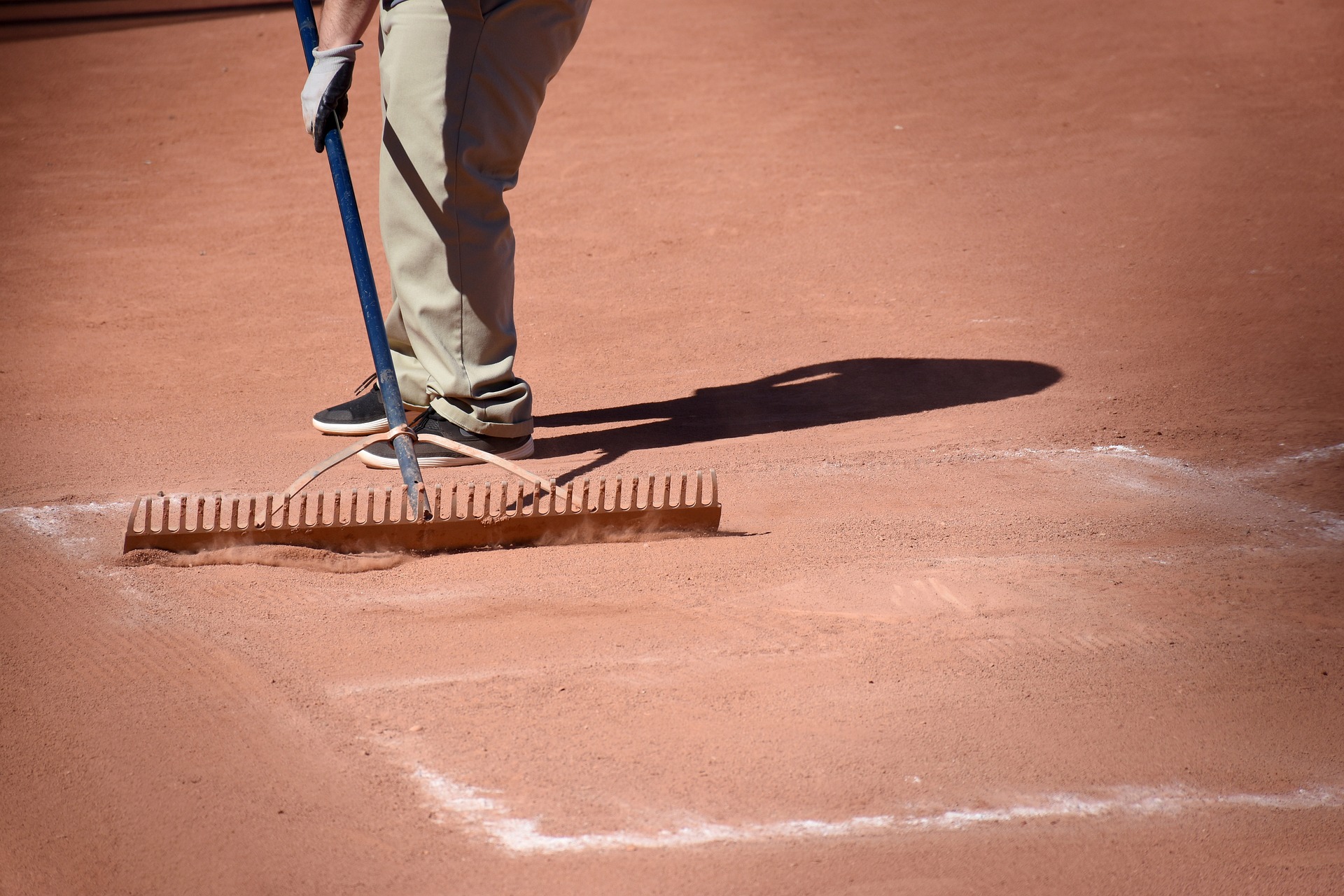For you to avoid expensive playing field maintenance, you should take good care of your field. Here are expert playing field maintenance tips before, during, and after the season:
Mow properly
When mowing, use the 1/3 rule. Never remove more than 1/3 of the grass leaf blade in a single mowing. Remember to adjust the mowing height based on the field conditions.
During the growing season, consider increasing the mowing frequency to 2-3 times a week. This is to prevent the grass from growing too tall.
You should mow when the turf is dry. This is to reduce grass clumps from coming about. Doing so has also been shown to lead to a better cut.
The lawn mower you use not only determines the quality of mowing, it also determines how fast you do it. To have an easy time, invest in a good quality lawn mower. Zero turn mowers have proved to be the best at the work.
To protect your ears, remember to wear ear protection for mowing.
Properly use the rake
Proper raking and dragging techniques reduce the formation of grass lip on the edge of the field. When raking, rake with the grass edge. Also, avoid pulling the infield material into the grass edge.
When you are dragging the infield material, stay at least six inches away from the edge of the grass. The purpose of this is to reduce the amount of material moving into the grass edges.
Hand tools are often better at the work than motorized machines. Some of the best tools you can use include: screen drag, infield leveling rakes, and nail drag. To get the most from them, ensure they are sharp enough and in mint condition.
Make use of plate clay
Every field has high wear areas that give it an ugly look. Proper use of clay comes in handy at providing a safe and consistent playing surface.
Using hand tools such as string line, shovel, rake, hand tamp, and measuring tape, you should pack clay into batter’s boxes, pitching mound, catcher’s box, or pitching circle.
Using clay in these high wear areas prevents holes from forming. It also provides the players with a much safer playing surface.
For you to keep the clay in place, remember to repair the areas after each use or at the end of the day.
Dry the infield skin properly
If your budget allows it, you should laser grade your infield skin on a regular basis. When you maintain the correct slope on your infield skin, you ensure that the field has proper drainage and the surface water drains properly.
As a result of play, low areas will develop on your infield. This often leads to water collecting in these areas. For the field to look good, to protect it from further damage, and keep it safe, you should remove water.
Puddle pillows are often the best tools to use for this work. Place the pillows in the puddle and soak up as much water as possible. You should ring out the pillows and repeat the process.
If water remains, use calcine clay to soak it up. Avoid products labeled as quick dry as they are often too small in size. Also, when you use them over a long time, they clog up the poles in the soil, creating areas that drain too slowly.
If you understand the technique, you should use nail dragging. Nail dragging easily opens up the infield skin, allowing enough air and sunlight into the field, which speeds up the drying process.
Take good care of the edges
Player safety and field play performance are highly influenced by the nature of the field’s grass edges. For you to prevent lips from forming and keep the field looking sharp, you should undertake periodic edging.
Some of the best tools to use for the work are: scoop shovel, hand loop edger, mechanical edger, leaf rake, and string line.
When edging, the aim is to remove as much unwanted debris as possible, without interfering with the infield material.
For you to maintain the grass edges, you should edge the lawn at least once every two weeks.
Add The Sports Daily to your Google News Feed!







